Do the Inca Trail: all information to hike to Machu Picchu
The Chemin de l’Inca is by far the most famous trek in South America and figure for many in the top 5 of the best hikes in the world. In just 43 km, it manages to combine beautiful mountain landscapes, lush forests in the heart of the clouds, the subtropical jungle and, of course, an amazing mix of incas pavers, ruins and tunnels. The path has no better destination: the Machu Picchu , the mysterious "lost city of the Incas" in Peru. It may be for you an objective, the adventure of a life, and that is why you have gathered a life together maximum information to organize your trek on the way to Inca.
Be careful, do not misunderstand, this trek is not within everyone’s reach. The Inca Trail requires the passage of summits (one to 4200 metres) and the descent of slippery and uneven pavers. Train at least a few weeks before you leave.
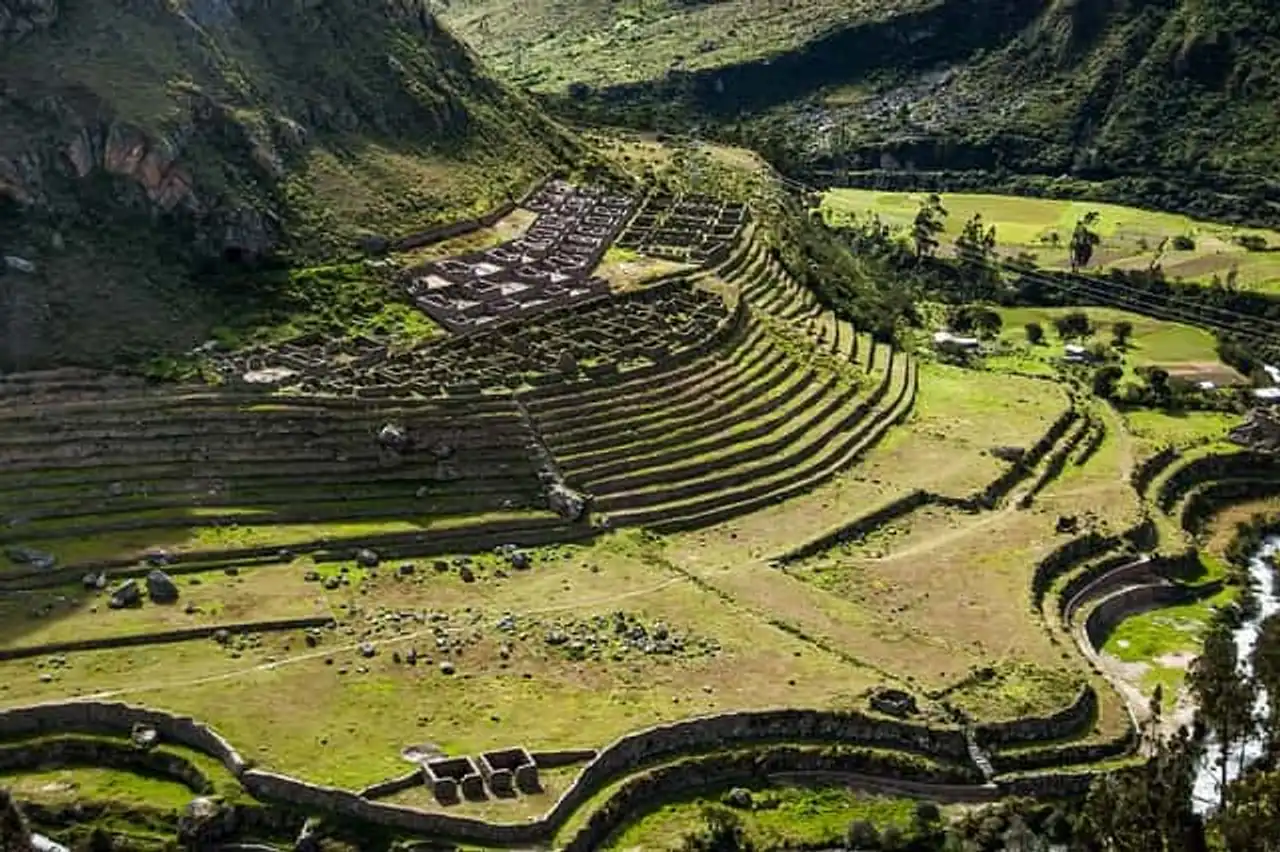
Flickr – World Wide Gifts
What are you waiting for?
The Inca Road has become a bit of a hiker’s highway and it is for this reason that the government has limited its ascent to 500 people per day (workers included). You must pass by a registered agency with a group to crowd the pavers incas, but if it’s really your wish then do it, it’s a unique experience .
When do the Inca Trail?
The Path of Inca is closed in February for maintenance. Except this month (pleasant) it is possible to leave the rest of the year. From December to March, it is the rainy season.
June, July and August are the coldest, dryest, and so the most popular. If you are a regular hiker, physically ready and with the necessary equipment, you can go do the trek any period of the year (except February).
The Inca Road is very frequented. So to avoid the crowd, it is better to go either from March to May or September to November .
How to book the trek on the Inca Trail?
First of all, you should know that only 500 people can take the Inca Road every day. Half of them are premises and work on the trail (guides, porters, cooks, etc...). Thus, it often takes book several months in advance .
If you want to hike between May and August, book 6 months in advance.
For the rest of the year, you can get your right of entry a few weeks in advance, but there is no rule on it. You can do the trek only by passing through a approved agency . There are about 200 travel agencies that can organize treks on the Inca Trail.
Make sure to compare the services, prices and above all, make sure that the agency is well approved by the Peruvian government. You will find the complete and updated list on the official website: www.machupicchu.gob.pe (see in Consultas / Queries ). The site is not in French.
How to get there?
If you want to do this trek, it is probably that you have planned a trip to Peru. The first thing to do on site is to go to Cuzco. It is from this city that the agencies that send out groups of hikers every day.
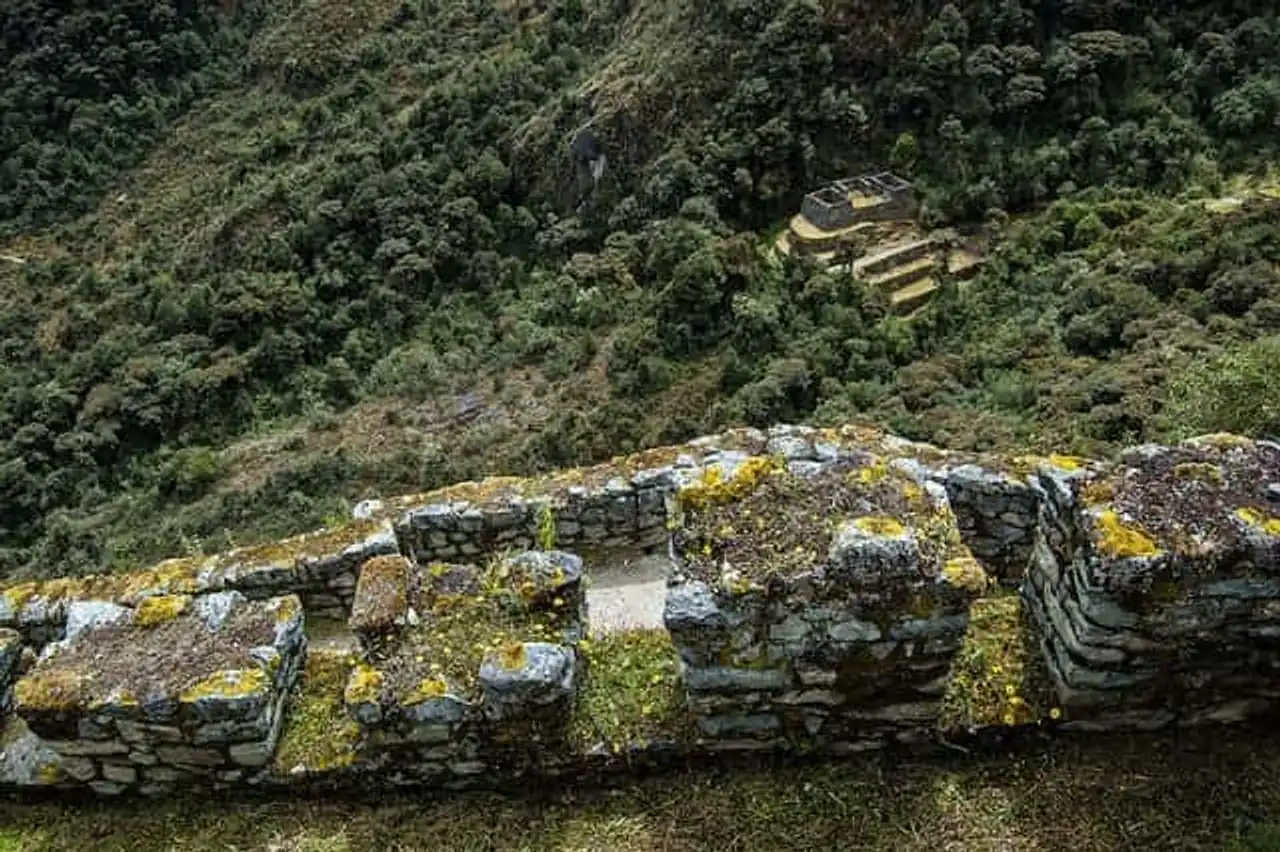
Flickr – World Wide Gifts
What to take in his bag for the Inca Road?
The ideal is to take the maximum of useful clothing without your bag weighing too heavy. Easiest to say that to do when you know that the intense heat of the equatorial sun closes the cold nights in the mountains under the tent on the Inca Road. The best way to get away with these two extremes is to get dressed by putting several layers rather than a big sweater. If you have forgotten something, do not despair because you will easily find what you will need Cuzco or another great Peruvian city.
Suggested list to make your bag for Inca Trail :
01 . Backpack (65 litres should be quite sufficient). 02 . Comfortable walking shoes with good ankle retention. 03 . Sleeping bag (can be rented in Cuzco) 04 . Clothing
- 2 Random pants (light)
- 2 T-shirts
- 1 Short-sleeved rando shirt
- 1 Long-sleeved rando shirt
- 2 Shorts
- Underwear and socks (highly recommended thermal underwear, being light, hot and well for cold nights)
05 . Polar jacket 06 . K-Way or poncho 07 . Hat or cap for sun protection 08 . Toiletries: soap, toothbrush, toothpaste and hygienic paper etc... 09 . Solar cream, lip balm, sunglasses 10 . Flash lamp 11 . Basic first aid kit 12 . Insect protection 13 . Belt to store your money + passport 14 . Camera/camera 15 . Water bottles 16 . Water purification tablets (we can find Micropur tablets in Cuzco, they are very effective). 17 . Walking blocks if necessary
And eventually twins.
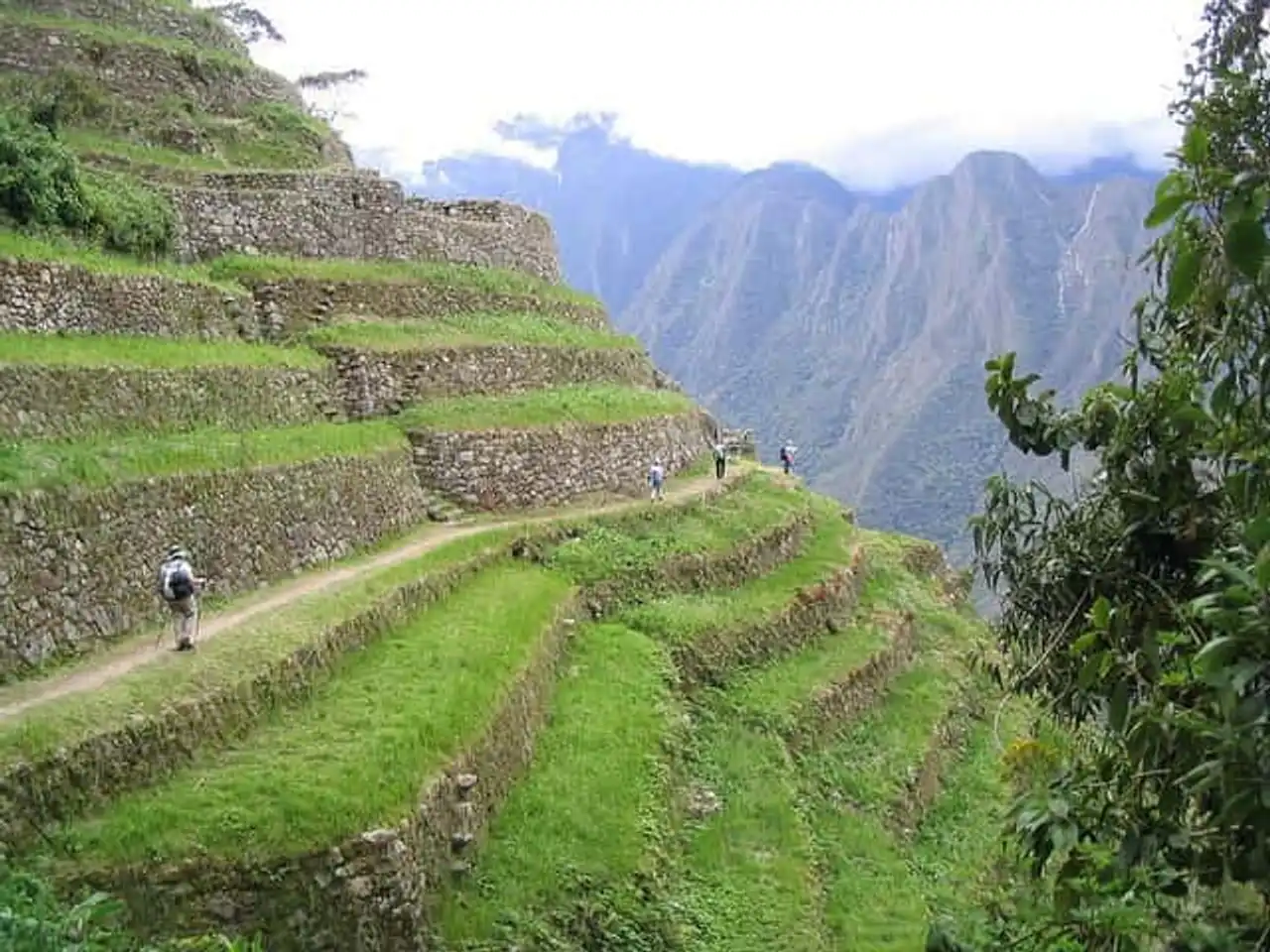
Flickr – Lee Coursey
The trek in himself
We will see it below, there are several trek choices, with different durations. But trek 4 days is most frequently used.
In kilometer 82 , the village of Olantaytambo is located on the railway line of Cuzco. This is where you show your passport and your permit for the way. This first day consists of a simple rando of 11 km all made manageable. In particular, you will pass the incas ruins in Llactapata for a taste of the rest of your trek.
Second day is the most difficult part of the hike: the main climb takes you to 4200m and the pass of Warmiwañusca. At the top of the pass you have a view of the whole valley and it becomes difficult to imagine the endurance of the ancients chasquis incas ("messagers") that travelled the way to spread emergency messages between tambos ("points of rest"). One day, perhaps, they delivered the news of the arrival of the Spaniards. From there, take your photos, congratulate your group, and "few" the strong winds to the horn of abundance of greenery of the forest of clouds below. Camp Pacamayu, 600 metres below, will be the place where you will spend the second night (fresh), but the third day indicates that the worst has passed.
Third day starts with an hour and a half ascent to another pass in Sayaqmarka. If this discourages you, you will find some comfort in the fact that, now that you have climbed this pass, you are well advanced in the completion of the Inca Path. Depending on the period of the year you hike here, the colours of the orchids will give you a good mood. You will then pass Wiñay Wayna where the Incas built garden terraces.
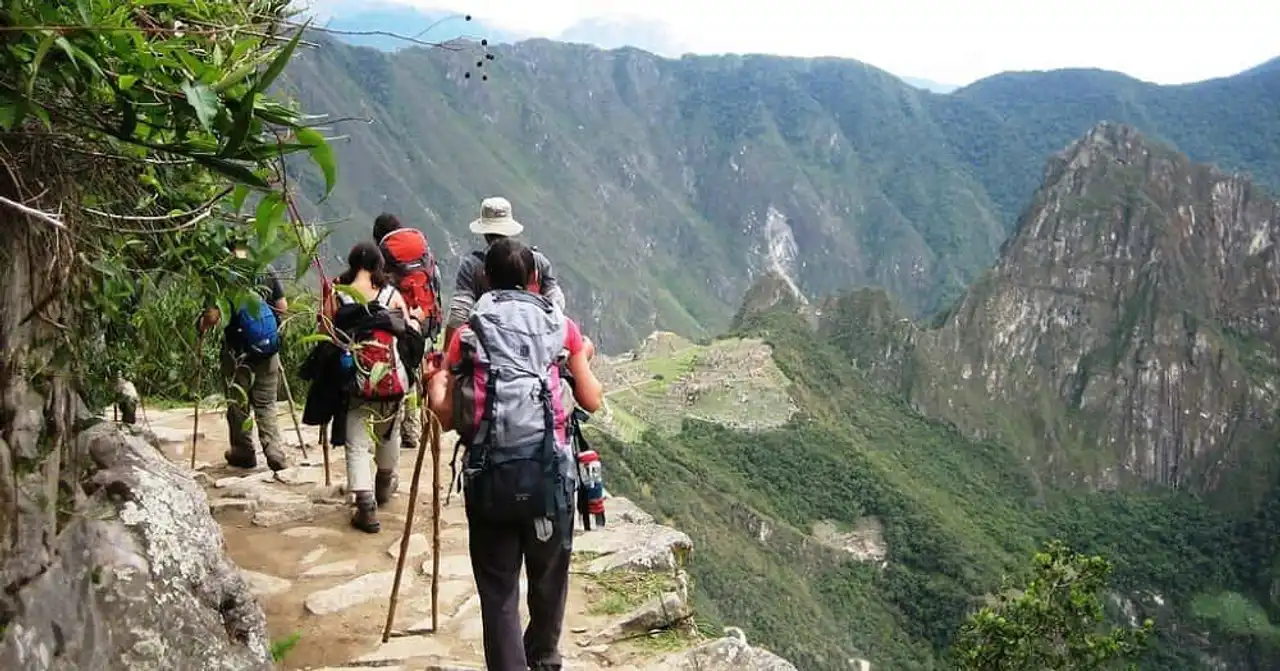
Flickr – _e.t
The fourth and last day is not an ordinary day of hiking. This is a real study of human behavior: during a small 2-hour trek to arrive at Inti Punku (Porte du Soleil), the guides will try to be the first at the site control point. Some hikers get up well before 5:30 a.m. to ensure their place on the front line. Everyone tries to take the photo of the Machu Picchu from the Porte du Soleil without tourists being present in the second plane.
But you're here!
You have reached the Machu Picchu and any feeling of fatigue, and bitterness towards these tourists in front of you gives way to a certain euphoria. Now enjoy the ruins so famous. You will then take a shuttle to Aguas Calientes, then to Ollantaytambo by train and back to Cuzco.
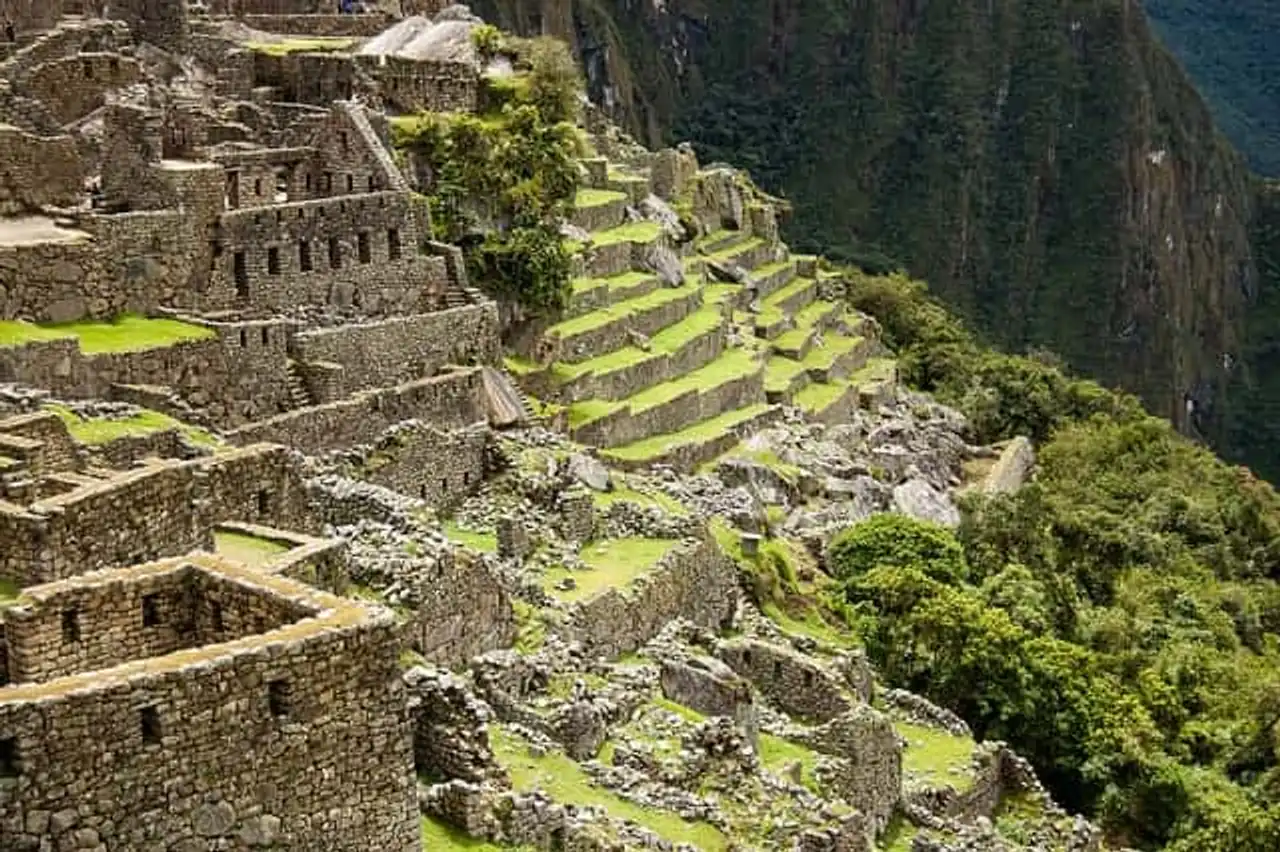
Flickr – World Wide Gifts
4-day Inca Trail Award
Prices for the Inca Path can vary considerably and many options can be confusing. In general, the price for the 4-day trek goes $560 to $660 and includes a tent, food, a cook, the entrance of a day to the ruins of the Machu Picchu and the return by train.
Alternate itineraries to get to Machu Picchu
The Inca Trail in 2 days : this is the shortest version of the fabulous Inca Trail, for those who have less time available and do not want to miss this unique trek. This hike starts at kilometer 104.
The Trek de Salcantay : Less known and much more available, this trek is longer, higher, less frequented, with more « immense» landscapes, and less archeological ruins. It usually takes 5 days and it takes about $400.
Useful links
- Book a flight for Cuzco
- Find a hotel in Cuzco
Map / Map of the Inca Trail
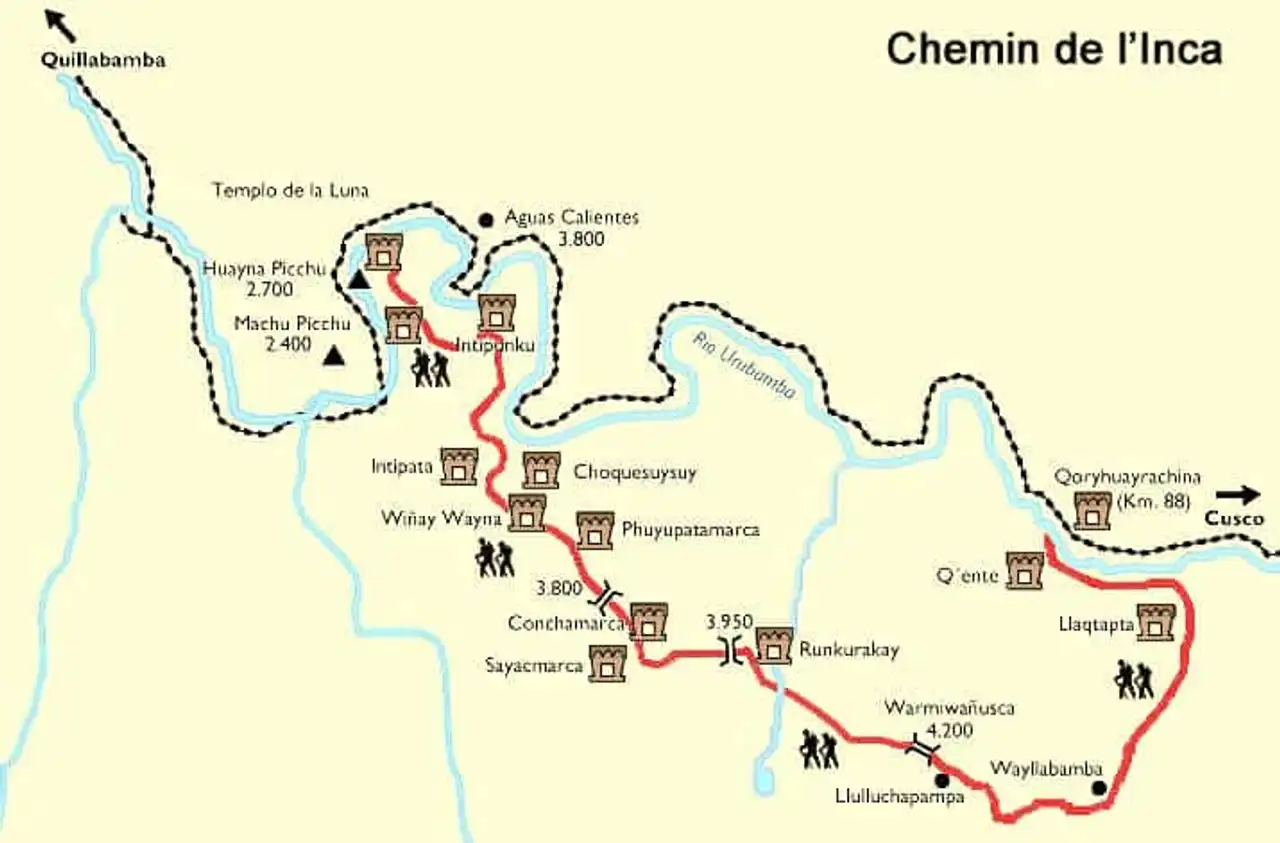
Credit – Cordillere-andes.com
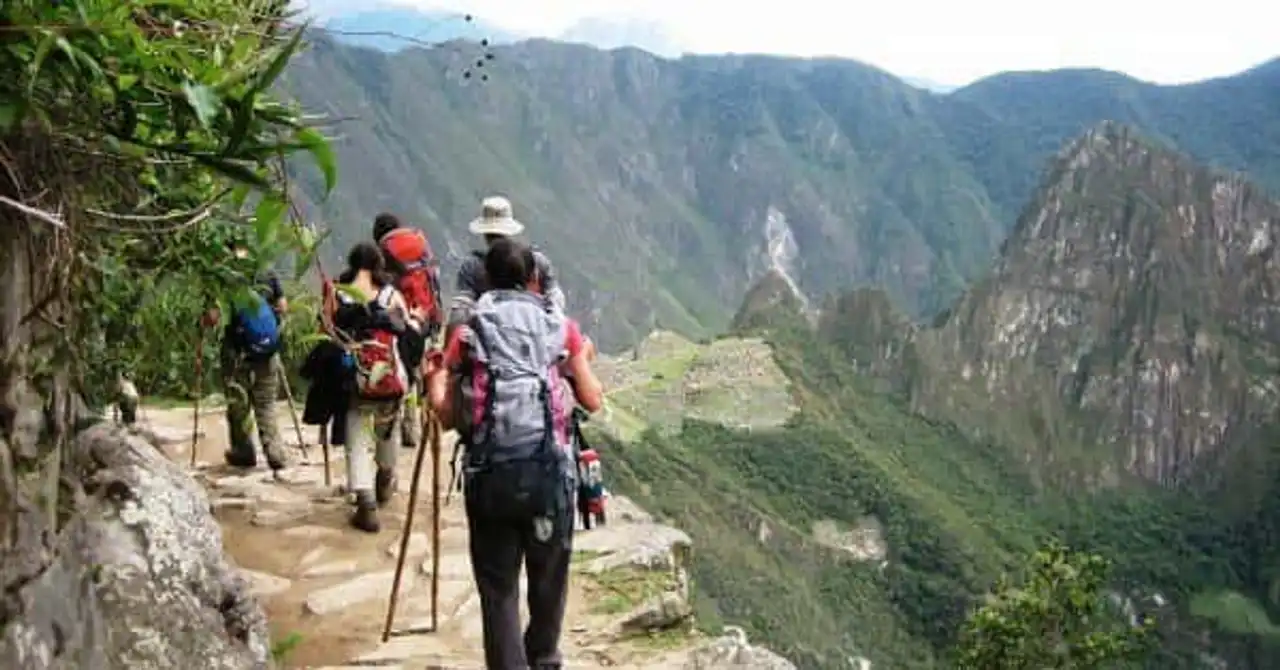




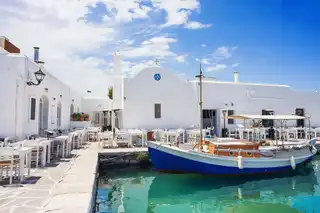
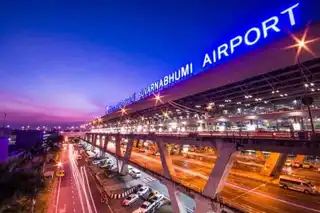
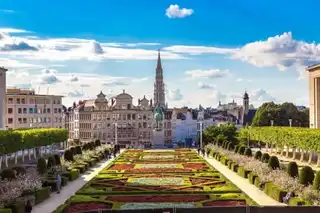
Loading comments ...